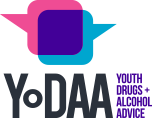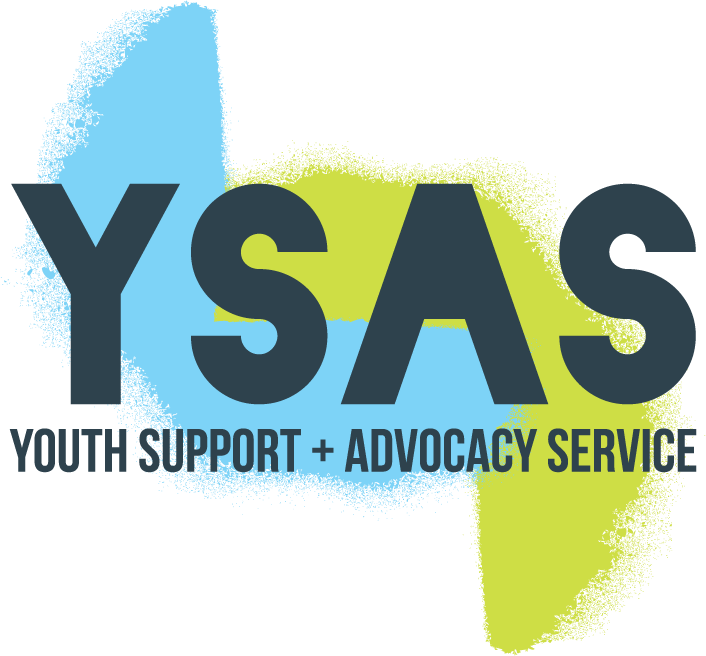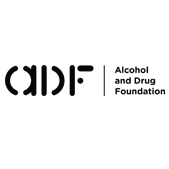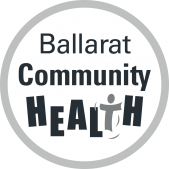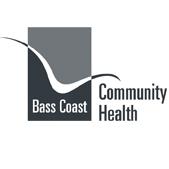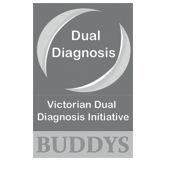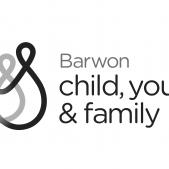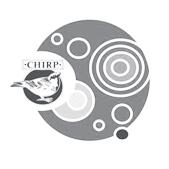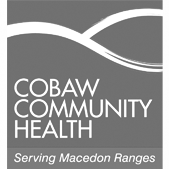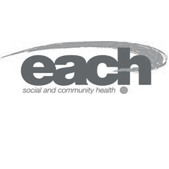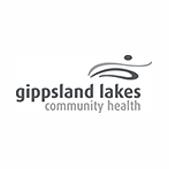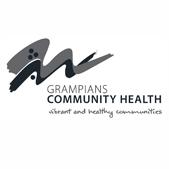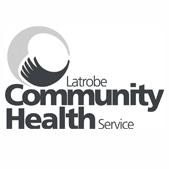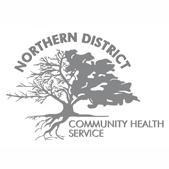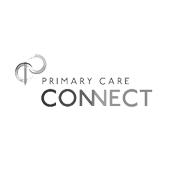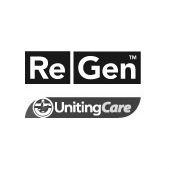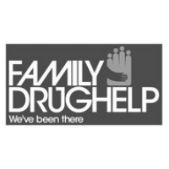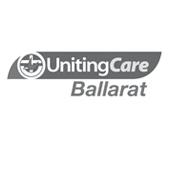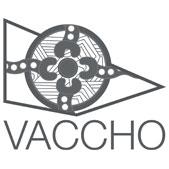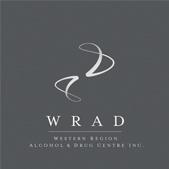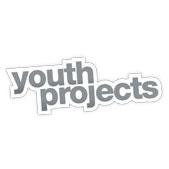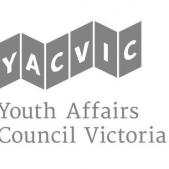Youth AOD Work
Client-centred screening and assessment
Youth AOD processes and tools should demonstrate evidence-based characteristics of effective youth AOD service provision. How does being client-centred, one such characteristic, apply to screening and assessment?
Client-centred means individualised or needs-led. It involves tailoring approaches to fit in with the unique needs and experiences of each young person and working from where a young person “is at”. In some ways it is easier to explain client-centred by what it is not. Client-centred is the opposite of "process" or "system-centred" where a young person must accommodate the established process dictated by a worker or service.
Many services and workers claim to have client-centred screening and assessment processes but usually the process structure and format have been pre-determined. So given most services utilise standardised forms and questions how can screening and assessment be more client-centred?
START WITH THE YOUNG PERSON"S NEEDS OR GOALS
The layout or order of the tool is almost irrelevant. You should begin the assessment process with an exploration of a young persons identified needs/goals or priorities. Screening and assessment questions related to the young person’s pressing need should be asked first.
MAKE EVERY QUESTION RELEVANT
Rather than reeling through questions or forms just to fulfil your needs, you can use your skills to gather information and explore issues and domains but only as they relate to initial presenting problem. For instance, if a young person presents in a panic due to a sudden loss of housing, it is not the time to dismiss this and start asking questions about their level of substance use. That is not to say you shouldn’t ask about a variety of areas of a young person’s life but other areas and a full assessment can be gathered by remaining focused on the young person’s present need. For instance you could ask “Has your substance use had anything to do with you losing your accommodation? Can we talk about that?” This is client-centred because it preferences the client-identified issues of importance over worker or system-directed questioning.
USE OPEN ENDED QUESTIONS
Even if screening and assessment is recorded in yes/no or tick box ways, ensure a young person is given the opportunity to explain their situation in their own words. Assessments don’t always cover what is important or a priority to a young person and this will ensure vital information of significance to the young person is not missed.
For more info on client-centred practice check out the YouthAOD toolbox.
